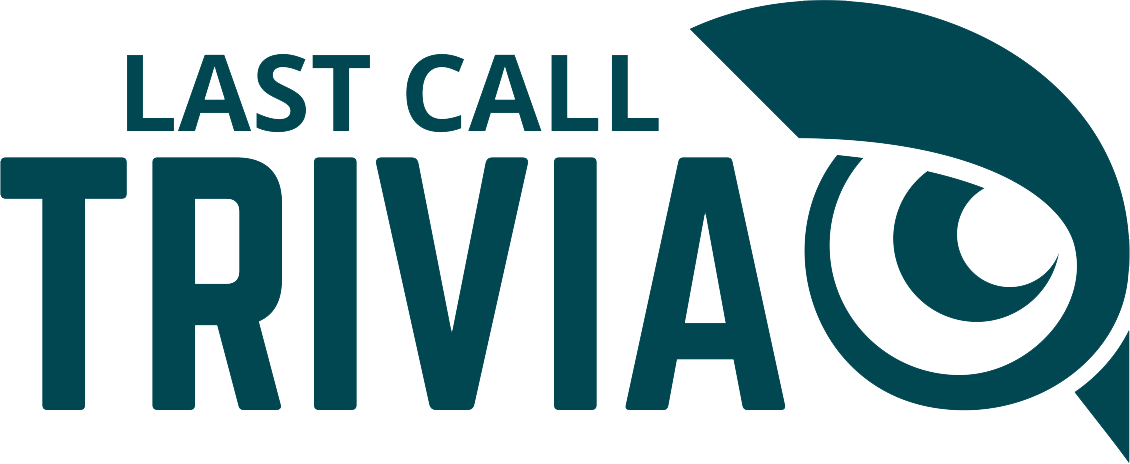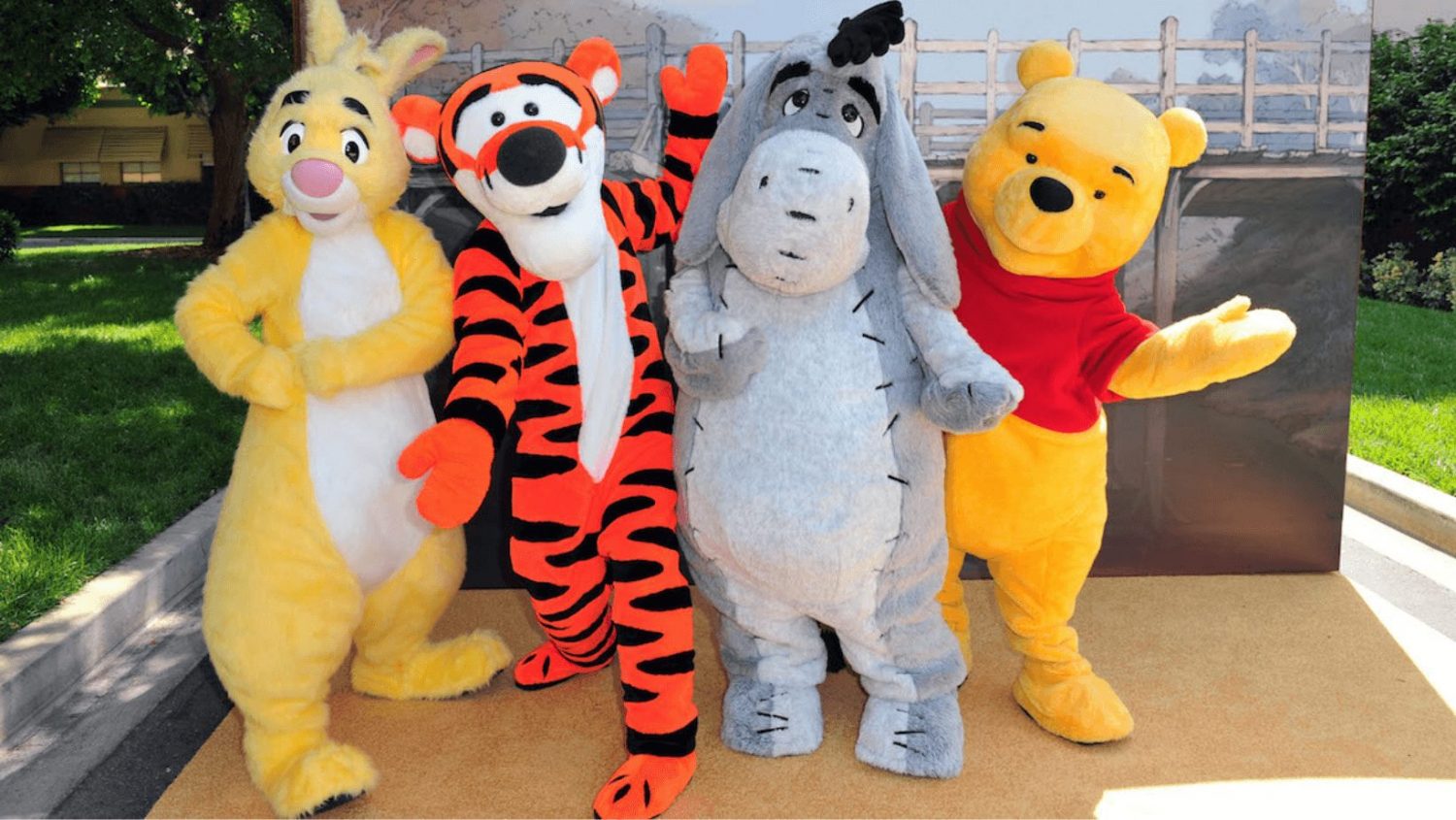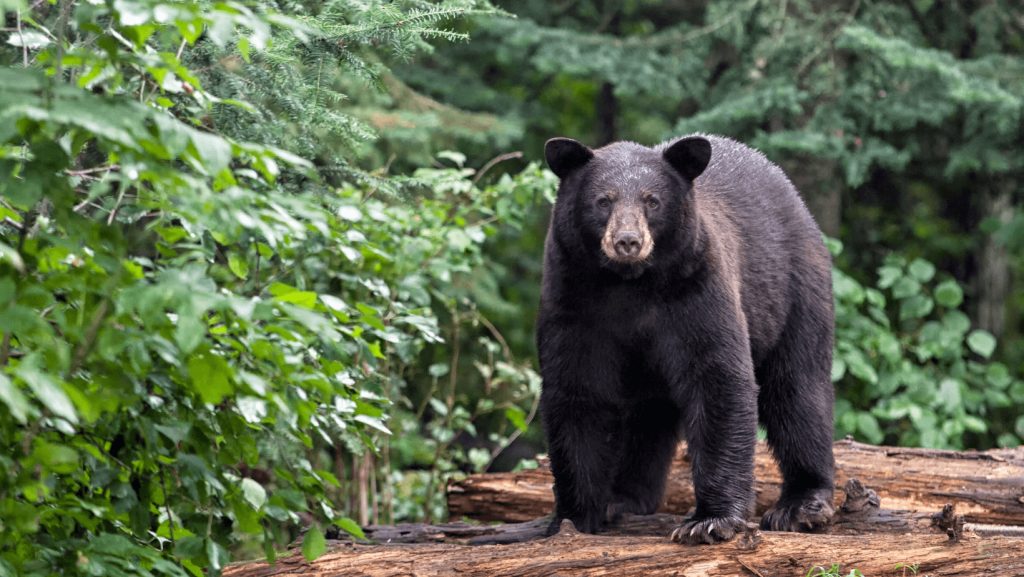
Origin Of “Winnie The Pooh”
While Winnie the Pooh is a male character created by a British author, the inspiration for the fictional bear had a different backstory. During World War I, a Canadian soldier named Harry Colebourn adopted a female black bear as a pet. He named the bear Winnipeg – or “Winnie” for short – and she became his troop’s mascot before later finding a permanent home at the London Zoo.
She was a beloved attraction at the zoo and she gained quite a following. One of her many fans was Christopher Robin Milne, the son of author A.A. Milne. In fact, he took such a liking to Winnie that he named his teddy bear after her. The real Winnie did share a notable trait with her namesake character. She reportedly had a sweet tooth, preferring condensed milk over raw meat.
Now that we’ve traced the origin of “Winnie,” where did the other half of the character’s name come from? The “Pooh” is a nod to a swan that Milne and his son encountered on vacation. In his book, When We Were Very Young, Milne referenced the swan which he and Christopher Robin named “Pooh.” And thus, the character name “Winnie the Pooh” was born.
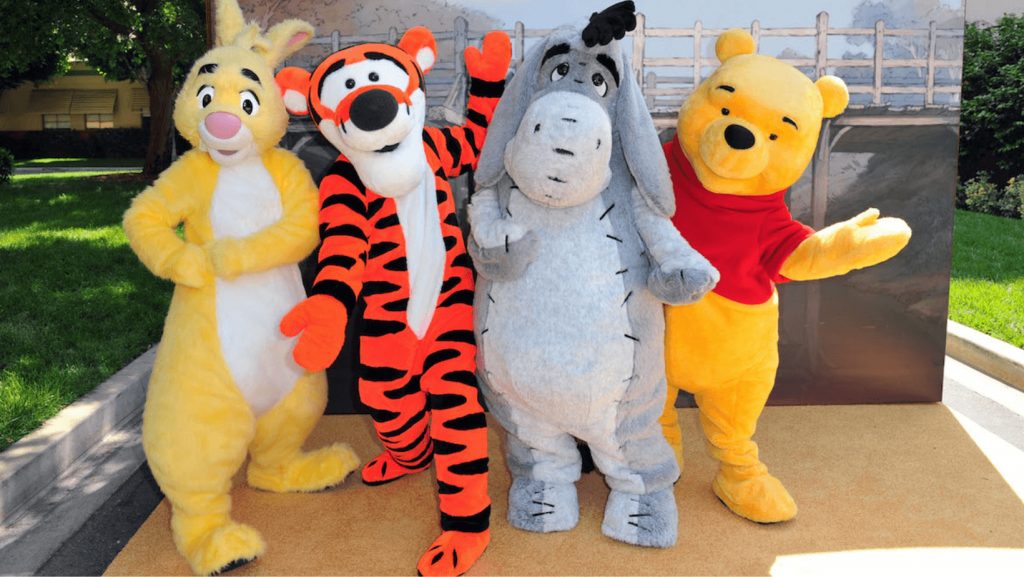
The World Of Winnie The Pooh
Prior to releasing his collection of children’s stores, Winnie-the-Pooh, in 1926, A.A. Milne’s work was targeted to an older audience. He was a moderately successful humorist, playwright, and mystery author. However, his son Christopher Robin provided him with plenty of inspiration to create the world of Winnie the Pooh.
In addition to his stuffed bear, Christopher Robin also had a stuffed donkey, pig, kangaroo, and tiger, which Milne used as the models for Eeyore, Piglet, Roo, and Tigger. Owl and Rabbit were the only two main characters Milne created that weren’t inspired by his son’s toys. Instead, they were based on wildlife encountered at Cotchford Farm, where the Milne family lived in Sussex.
Christopher Robin invented unique voices and personalities for each of his toys, which Milne used to give life to each of the characters. This formula for world-building clearly worked, as Winnie-the-Pooh was an immediate success and has continued to captivate audiences around the world. To date, the book has been translated into over 50 languages. Its 1960 Latin translation, titled Winnie Ille Pu, also holds the distinction of being the only Latin book to ever crack The New York Times best seller list.
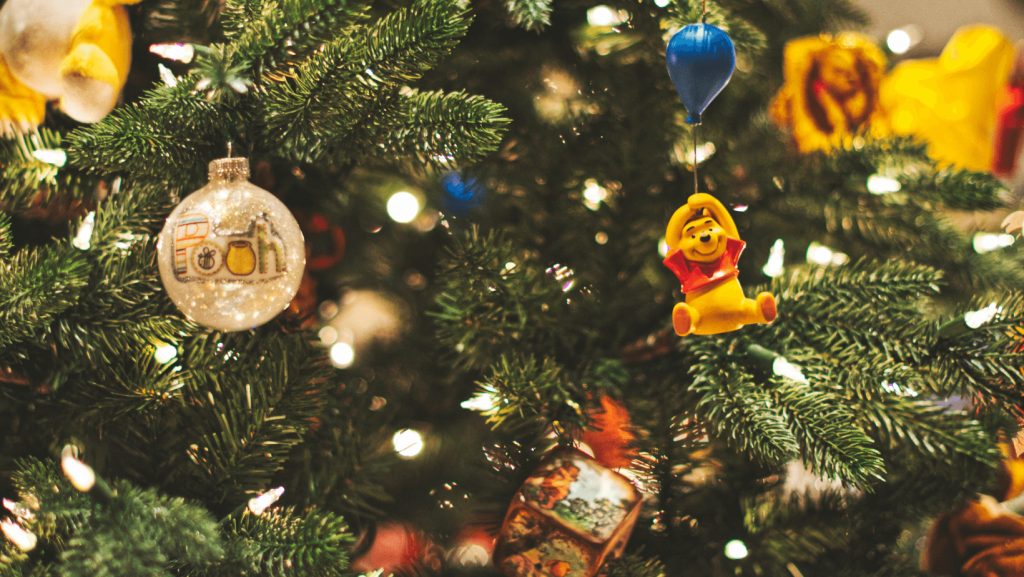
Disney Characters
As popular as A. A. Milne’s work continues to be, an even wider audience has now been introduced to Winnie the Pooh since he became associated with Disney. In 1961, Disney acquired the rights to the character and in 1966, he made an appearance in the animated short, Winnie the Pooh and the Honey Tree.
The self-described “bear of very little brain” was originally voiced by famed actor Sterling Holloway. He also voiced a number of other Disney characters, including the Cheshire Cat from Alice in Wonderland, Kaa the Snake from The Jungle Book, and Roquefort from The Aristocats. The character’s first full-length Disney movie, The Many Adventures of Winnie the Pooh, was released in 1977, featuring Holloway in the lead role.
In 2006, Winnie the Pooh was immortalized for his impact on the entertainment industry when he became the 11th fictional character to receive a star on the Hollywood Walk of Fame. Since then, seven additional characters have received stars. This makes Winnie the Pooh one of 18 fictional entries of the 2,600+ total stars on the Walk of Fame.
Pop Quiz
American Cancer Society
Crave (Crave the Wave & The Crave Is a Powerful Thing)
